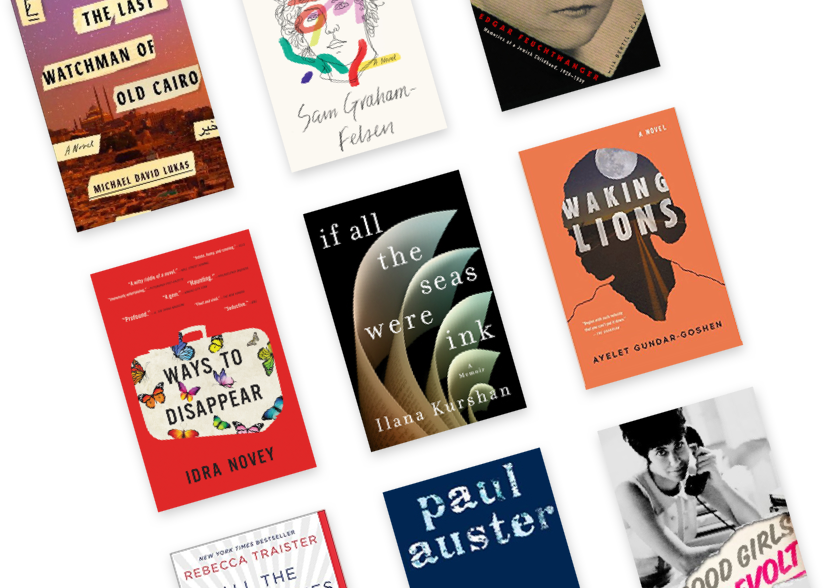Do wars and other armed conflicts feel different to people of diverse backgrounds and racial groups? Have the experiences of some been overlooked in the tragedies of the times, while those of others are vividly portrayed in literature and art? Can events in one part of history color the worldview of survivors and their descendants for generations?
These are some of the critical issues explored by Shaunna Edwards and Alyson Richman in The Thread Collectors, a sensitive new novel about a group of men and women, both Black and white, free and enslaved, caught in the Civil War and forced to adapt to the deprivations and horrors of the bloody conflagration. They struggle to find their strength, sharpen their wits, and develop their talents.
The novel follows many diverse people who are unlikely to have met in peacetime. Enslaved and free people mix with Northerners and Southerners; civilians interact with military personnel; slave owners wrangle with abolitionists; white Jews forge bonds with Black soldiers. The resulting relationships are sometimes explosive, but always intense and provocative.
Although this is a work of fiction, many of the characters are actually inspired by the authors’ family histories. Edwards modeled the character of Stella, a multiracial enslaved person, after the life of her distant aunt. Richman’s ancestors include two Jewish brothers who fought on opposite sides of the war, just like Jacob and Samuel in the novel. The authors’ emphasis on these two groups of traditional outsiders — Jews and Blacks — fuels the story with a welcome degree of personal resonance.
Overall, nearly three million soldiers fought in the Civil War, about ten percent of them Black men who had enlisted in the Union Army. Of the tiny population of Jews in the US at the time, several thousand Jewish men fought in the war, most of them recent immigrants from Germany and Hungary. They had come to the US seeking freedom and safety but were instead greeted with prejudice and antisemitism. In Louisiana, where the story unfolds, Jews and free men of color battle side by side with the fugitive enslaved men who have joined the Northern forces in the hopes of attaining a life of dignity and independence.
Surviving the war to claim this precious freedom is a key driver in the book. One of the Black men, William, a runaway enslaved person, has a special knack for music that he is willing to exchange for a better chance at success. Through his ethereal flute-playing, he connects with Jacob, a white Jewish musician from New York City. The bond they forge through the songs they exchange brings each man new strength.
Back on the plantation, William’s beloved, Stella, survives by stitching bits of thread into cloth to clandestinely create maps for enslaved people looking to escape. Meanwhile, in New York, Jacob’s wife, Lily, uses the thread and cloth she finds to make quilts for the soldiers to keep them warm and remind them of home.
Through deft writing and empathic characters, Edwards and Richman touch on many themes: the strength of women to overcome adversity, the sacrifices of motherhood, the ability of shared passions to connect strangers, the ingenuity that bridges divisions, and, ultimately, the ideas people dream up to restore power to the powerless.
This is a first novel for Edwards, a trained corporate lawyer, and the eighth for Richman, an internationally recognized author of historical fiction. All at once, their seamless collaboration illuminates unique truths from both Black tradition and white Jewish heritage and underpins the commonality of the human condition.
Linda F. Burghardt is a New York-based journalist and author who has contributed commentary, breaking news, and features to major newspapers across the U.S., in addition to having three non-fiction books published. She writes frequently on Jewish topics and is now serving as Scholar-in-Residence at the Holocaust Memorial & Tolerance Center of Nassau County.

